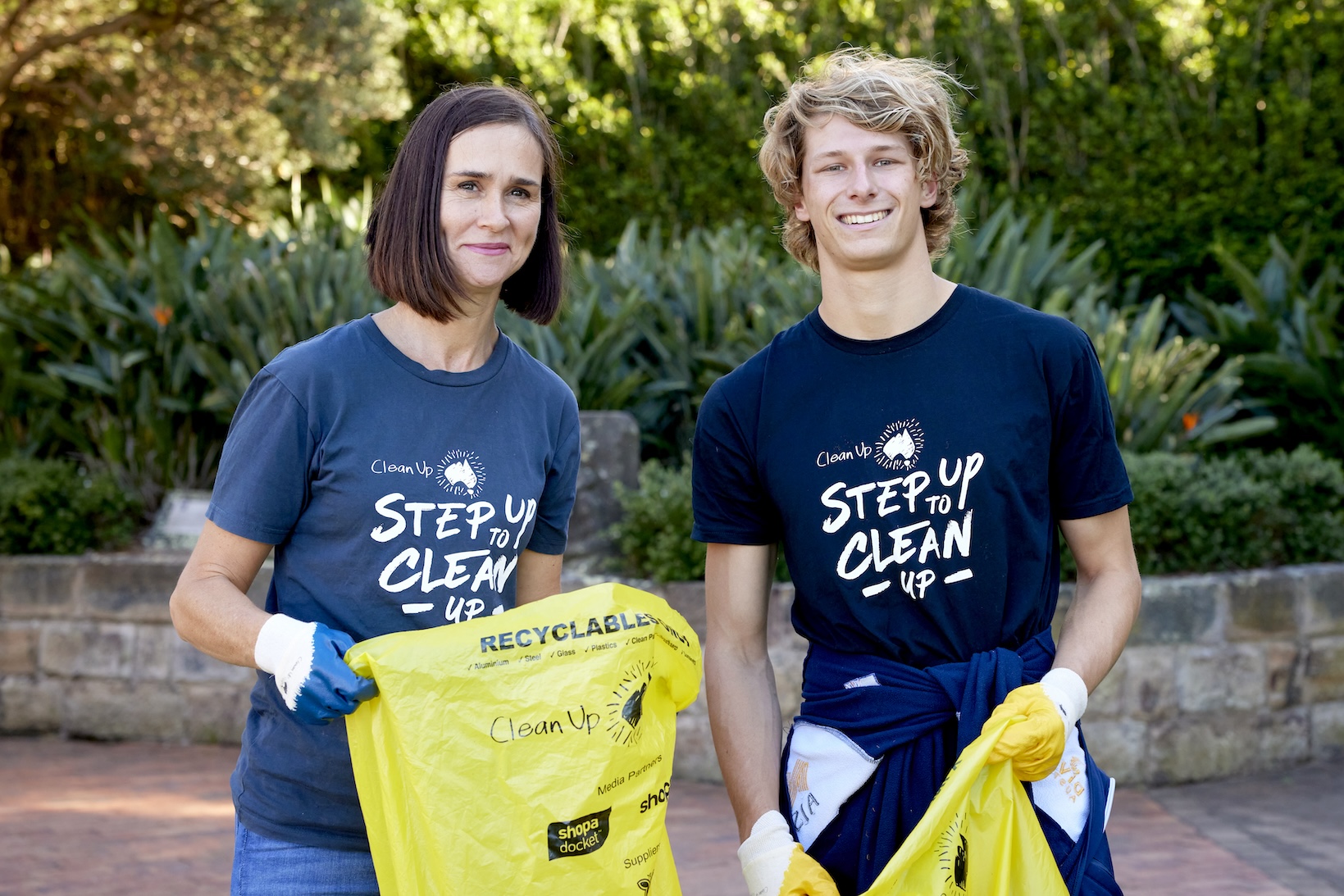
Chair Pip Kiernan urges Australians to unite in Cleaning Up and reducing litter
Clean Up Australia has today revealed the findings of its new Litter Report with plastics continuing to dominate the Australian litter landscape, marking 81% of all surveyed litter. Shedding light on the pressing challenges of plastic pollution across the country, Clean Up Australia is calling for heightened awareness of the need to stem litter production and urging volunteers to join us on Clean Up Australia Day on March 3.
From the previous year’s report findings, soft plastics increased to 34%, a substantial 9% rise, while hard plastics comprised 28% of all surveyed litter, equating a 4% increase for plastics overall. Cigarette butts represented 16%, an increase from the previous year, and ranked second only to soft plastic pieces in individual items reported by volunteers, followed by beverage bottles. Vapes were collected at 22% of surveyed sites, an increase from 2022 when vapes were found on only 10% of surveyed sites.
In response to the statistic that 44% of reported litter was cleared from waterway sites, followed by parks and bushland at 16% and 11% respectively, Pip Kiernan, Chair of Clean Up Australia, states, “Despite increased survey returns from parks, the higher volume of reported litter at waterway sites reminds us that litter has a strong likelihood of ending up in our precious rivers, creeks, and the ocean.”
“A notable rise in soft plastics is concerning and emphasises the need to address soft plastics collection and recycling in Australia and consider ways each of us can reduce single use plastic wherever we can,” continues Kiernan.
The report further exposes the pressing challenges of Australia’s plastic waste, with the nation ranking second globally in generating single-use plastic waste per capita. Each Australian produces around 60kg of plastic waste annually, with 130,000 tonnes of plastic litter entering Australian marine environments yearly, highlighting the magnitude of the issue. Despite initiatives in several states to phase out single-use plastics and the success of Container Deposit Schemes (CDS) in Australia, further action is needed on reducing waste and boosting recycling.
Kiernan states, “The way we are producing and consuming our resources isn’t sustainable for the planet. Our volunteers across the nation are telling us daily of their frustrations and the need for greater care of the environment. While litter clean-up remains vital, the focus must shift towards reducing waste production and embracing a more circular approach.”
“As Australia continues to navigate these challenges, the commitment of our volunteers remains essential. Not only are they picking up litter, but their efforts also expose challenges with new waste streams as they emerge. Together, we must address the persistent issues outlined in the report and work towards a sustainable, litter-free future,” she continues.
The FY23 Litter Report provides a snapshot of Australia’s litter from July 1, 2022, to June 30, 2023. The data collected was thanks to 1,030,395 Australians, who registered 17,139 clean-up sites and collectively contributed approximately 2,060,790 hours of volunteer effort.
Kiernan urges volunteers to register early for Clean Up Australia Day to be held on Sunday March 3 to allow time to receive their free kit materials.
Register now at cleanup.org.au for Clean Up Australia Day on Sunday March 3, 2024
Clean Up Australia’s Litter Report FY23 and state based fact sheets can be seen HERE

